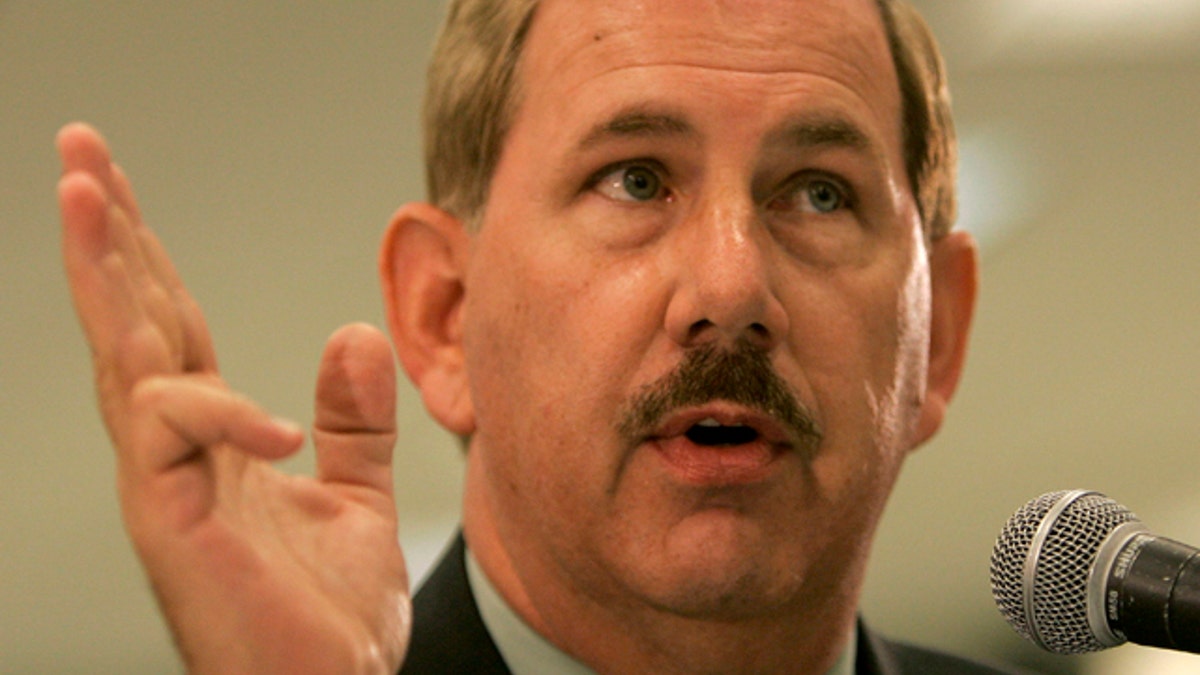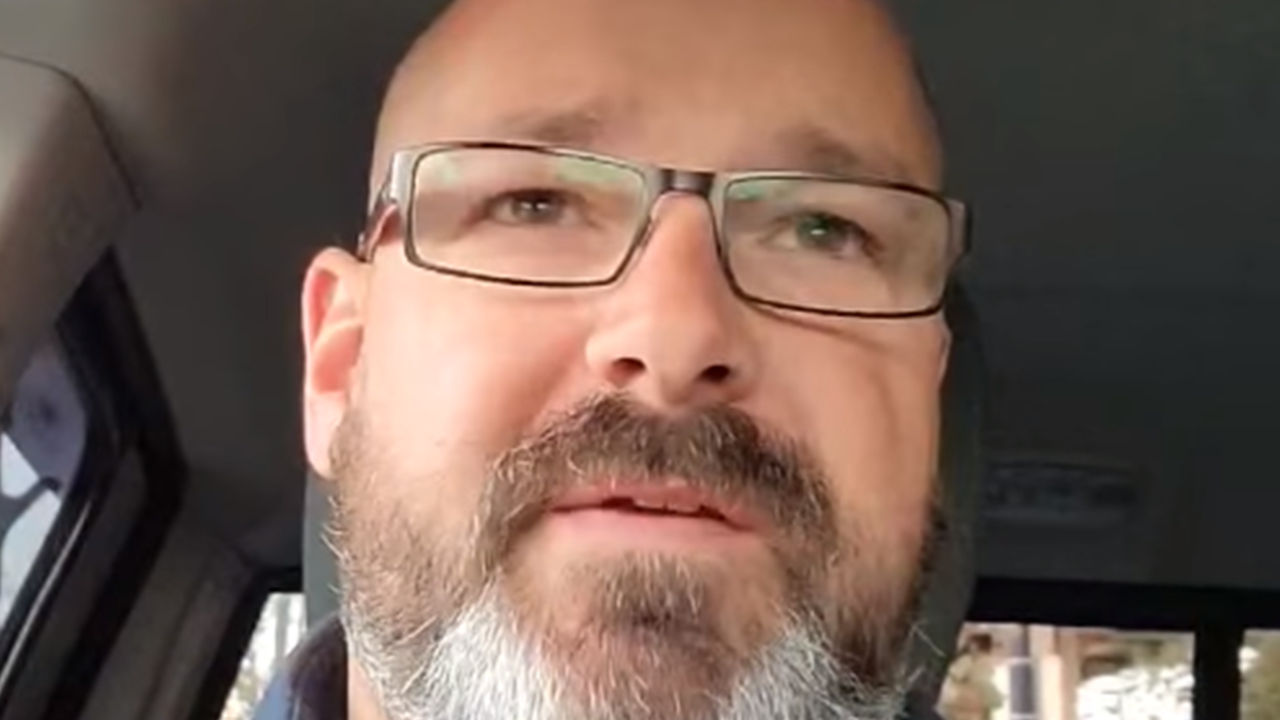Hey there, folks! Let’s dive straight into something that’s been buried deep in history but still holds massive significance today. The Chicago Union President Indicted in the 1990s case is more than just a legal drama; it’s a reflection of power, corruption, and the battle for justice. If you’re curious about how unions worked back then and what went wrong, this article’s got all the juicy details you’re looking for. So grab your coffee, and let’s get started!
Now, why are we talking about this? Well, the indictment of a union president in Chicago during the 1990s wasn’t just a local news story. It was a national scandal that shook the labor movement to its core. Think about it—these unions were supposed to be the voice of the working class, fighting for fair wages and safe working conditions. But when corruption creeps in, it affects everyone. This story is not just about one person; it’s about an entire system that failed.
Before we dive deeper, let me tell you why this matters now. In today’s world, where discussions around workers’ rights and fair labor practices are louder than ever, understanding the mistakes of the past can help us build a better future. So, buckle up because this is going to be an eye-opening journey into the world of Chicago’s union politics in the 1990s.
Read also:George Clooney Bids Farewell To Motorcycles After A Scary Accident
Table of Contents
- Background: Setting the Scene
- Biography: Who Was the Union President?
- Indictment Details: What Happened?
- Impact on the Union Movement
- Legal Proceedings: The Trial and Verdict
- Corruption in Unions: A Broader Perspective
- Public Reaction: What Did People Think?
- Reforms After the Scandal
- Lessons Learned: What Can We Take Away?
- The Current State of Labor Unions in Chicago
Background: Setting the Scene
Let’s rewind to the 1990s, a decade full of change and turbulence. Chicago, known as the city of big shoulders, was also the city of big unions. Labor unions played a crucial role in shaping the economic landscape of the city. They were powerful entities that wielded significant influence, not just in the workplace but also in politics.
However, with great power comes great responsibility—or so they say. Unfortunately, in the case of the Chicago union president who was indicted, the responsibility part seemed to take a backseat. The 1990s were a time when corruption scandals were starting to surface, and this particular case became one of the most talked-about stories of the decade.
Now, you might be wondering, what exactly led to the indictment? Stick around, and we’ll break it down for you.
Economic Landscape of Chicago in the 1990s
Chicago’s economy in the 1990s was booming, thanks in large part to the labor unions. These unions ensured that workers were paid fairly and had access to benefits like healthcare and pensions. But beneath the surface, there were cracks forming. Some union leaders were accused of using their positions for personal gain, leading to widespread distrust among members.
It’s important to note that not all unions were corrupt. In fact, many were doing great work. But when a few bad apples spoil the bunch, it affects everyone. The indictment of the union president in question was a wake-up call for the entire labor movement.
Biography: Who Was the Union President?
Before we dive into the nitty-gritty of the case, let’s talk about the man at the center of it all. The union president in question was a larger-than-life figure who had risen through the ranks of the labor movement. He was known for his charisma and ability to negotiate tough deals with employers.
Read also:Remembering Tim Conway A Life Of Laughter And Legacy
But behind the scenes, things were not as rosy as they seemed. Accusations of embezzlement, bribery, and other forms of corruption began to surface, painting a very different picture of the man who was once seen as a hero by many.
Let’s take a closer look at his background.
Personal Data and Biodata
| Name | [Name] |
|---|---|
| Position | Union President |
| Years Active | 1980s-1990s |
| Union | [Union Name] |
| Indictment Year | 1990s |
Indictment Details: What Happened?
Alright, let’s get into the meat of the story. The indictment of the union president in the 1990s was based on several allegations, including embezzlement, bribery, and racketeering. The investigation revealed that millions of dollars had been siphoned off from union funds and used for personal gain.
Here’s a quick rundown of the charges:
- Embezzlement of union funds
- Bribery of government officials
- Racketeering activities
- Money laundering
These charges were serious, and the evidence against him was overwhelming. But how did it all start? Let’s explore the investigation process.
Investigation Process
The investigation into the union president’s activities began after several whistleblowers came forward with information about suspicious transactions. Federal agents dug deep, uncovering a web of deceit that extended far beyond just one person.
It’s worth noting that investigations like these are not easy. They require a lot of time, resources, and cooperation from various agencies. In this case, the FBI played a key role in bringing the truth to light.
Impact on the Union Movement
The indictment of the union president had a profound impact on the labor movement in Chicago and beyond. It shattered the trust that many workers had in their union leaders and led to a decline in union membership in some areas.
However, it also sparked a movement for reform within the unions. Many leaders recognized the need for greater transparency and accountability. This led to the implementation of new policies and procedures designed to prevent similar scandals from happening in the future.
But the impact wasn’t just limited to the unions. It also affected the public’s perception of labor organizations as a whole.
Public Perception of Labor Unions
When the scandal broke, many people were shocked. Labor unions had long been seen as champions of the working class, but this case painted a very different picture. It raised questions about the role of unions in society and whether they were truly serving the best interests of their members.
Despite the negative publicity, many unions continued to fight for workers’ rights and improve conditions in the workplace. The challenge was to rebuild trust and show the public that unions could be a force for good.
Legal Proceedings: The Trial and Verdict
Now, let’s talk about the legal proceedings. The trial of the union president was a media circus, with reporters from all over the country descending on Chicago to cover the story. The evidence presented in court was compelling, and the jury ultimately found him guilty on multiple counts.
Here’s a summary of the verdict:
- Guilty of embezzlement
- Guilty of bribery
- Guilty of racketeering
- Sentenced to [number] years in prison
The sentencing sent a strong message that corruption would not be tolerated, but it also highlighted the need for systemic changes within the union structure.
Appeal Process
After the verdict, the union president filed an appeal, arguing that the trial had been unfair. However, the appeal was denied, and he was sent to prison to serve his sentence. This marked the end of an era for the union and its leadership.
Corruption in Unions: A Broader Perspective
While the case of the Chicago union president is a notable example of corruption, it’s not the only one. Corruption in unions is a problem that has plagued the labor movement for decades. It’s a complex issue with no easy solutions, but it’s one that needs to be addressed.
Here are some of the common forms of corruption found in unions:
- Embezzlement of funds
- Bribery of officials
- Racketeering activities
- Abuse of power
Addressing these issues requires a multi-faceted approach that includes greater transparency, stronger enforcement of laws, and a commitment to ethical leadership.
Preventing Corruption in Unions
So, how do we prevent corruption in unions? It starts with education and awareness. Union members need to know their rights and how to report suspicious activities. Leaders need to be held accountable for their actions, and there needs to be a culture of integrity and transparency within the organization.
Public Reaction: What Did People Think?
When news of the indictment broke, public reaction was mixed. Some people were outraged, while others were skeptical. Many workers felt betrayed by the very people who were supposed to be representing them.
Here’s a look at some of the reactions:
- Outrage over the misuse of funds
- Skepticism about the effectiveness of unions
- Hope for reform and change
Despite the negative reactions, many people remained hopeful that the labor movement could overcome these challenges and continue to fight for workers’ rights.
Media Coverage of the Scandal
The media played a significant role in shaping public opinion about the scandal. News outlets from all over the country covered the story, with some focusing on the corruption and others highlighting the efforts to reform the unions.
This media attention helped to bring the issue to the forefront of public consciousness and put pressure on union leaders to take action.
Reforms After the Scandal
In the wake of the scandal, several reforms were implemented to address the issues of corruption and lack of transparency. These reforms included:
- Increased financial audits
- Stricter enforcement of laws
- Greater member involvement in decision-making
These changes were designed to ensure that unions were operating in the best interests of their members and that leaders were held accountable for their actions.
Effectiveness of the Reforms
So, did these reforms work? In many ways, yes. Union transparency increased, and there was a noticeable decline in corruption-related cases. However, challenges remain, and vigilance is still required to ensure that these gains are maintained.
Lessons Learned: What Can We Take Away?
As we look back on the case of the Chicago union president indicted in the 1990s, there are several key lessons to be learned:
- Corruption can happen anywhere, even in organizations dedicated to fighting for justice.
- Transparency and accountability are essential for maintaining trust.
- Reform is possible, but it requires effort and commitment from everyone involved.
These lessons are just as relevant today as they were back then. As we continue to grapple with issues of workers’ rights and fair labor practices, the lessons from this case can guide us toward a better future.
Moving Forward: Building a Better Future
So, where do we go from here? The labor movement has come a long way since the 1990s, but there’s still work to be done. By learning from the past and staying vigilant, we can ensure that unions continue to serve as a force for good in


